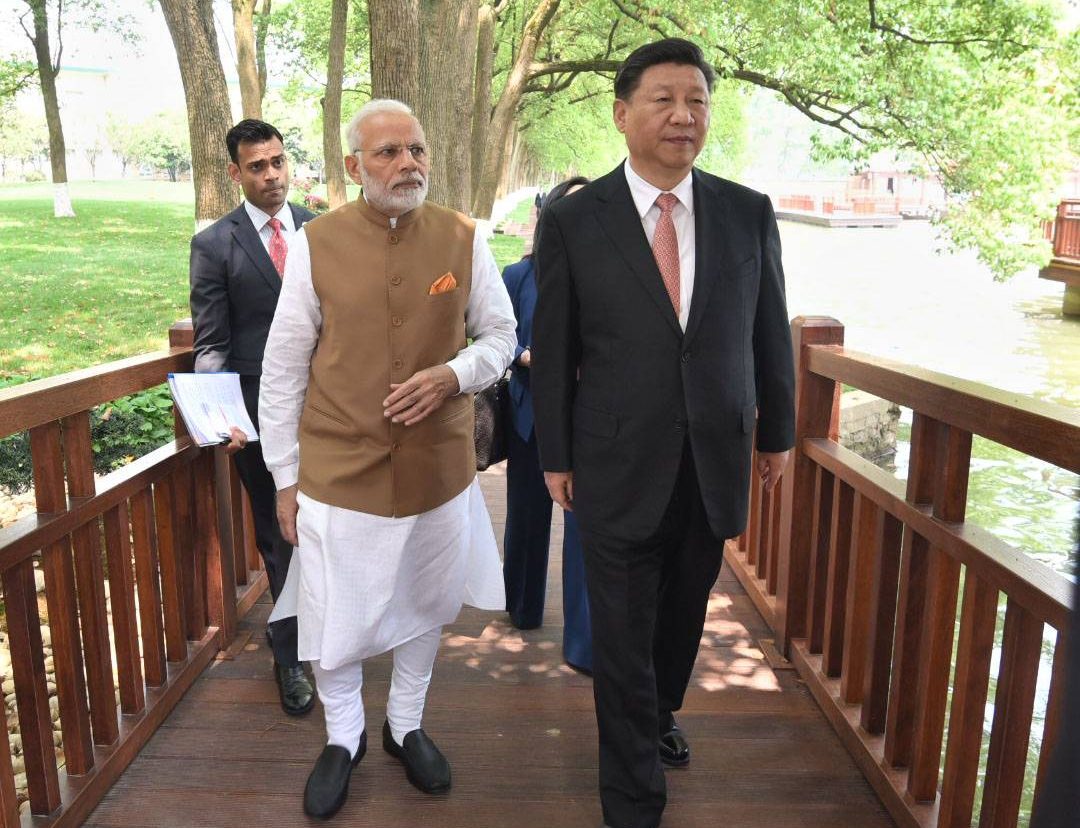Indian military delegates will meet to discuss disengagement at the friction areas such as Hot Springs, Gogra and the 900 sq km Depsang plains, reports Asian Lite News
India and China will soon hold the 12th round of Corps Commander level talks at Chushul to iron out the agreement for the next phase of disengagement in Eastern Ladakh.
Sources said that China had expressed their availability for military commander level talks on July 26, but India has asked for fresh dates as the Indian forces are occupied with Kargil Vijay Diwas events.

Indian military delegates will meet to discuss disengagement at the friction areas such as Hot Springs, Gogra and the 900 sq km Depsang plains.
The build-up in Depsang was not being considered part of the current standoff that started in May last year as escalations here took place in 2013. India has insisted during the recent military commander meetings to resolve all the issues along the Line of Actual Control (LAC).
“The initial attempt will be to resolve Gogra and Hot Springs. Finding a solution to Depsang might be tricky and take longer time,” said an army officer familiar with the developments.
It’s been three months since the 11th round of talks between the two countries. During the 11th round of Corps Commander level talks, the focus was on disengagement in the friction points like Gogra, Hot Springs and Depsang.
One of the two people familiar with the matter indicated that the talks could take place soon and that New Delhi was waiting for confirmation from China on the talks that are taking place after a gap of more than three months.
Indian foreign minister S Jaishankar had met his Chinese counterpart Wang Yi in the Tajikistan capital of Dushanbe on 14 July with both agreeing that the meeting of military commanders should be organised soon.
“The two leaders agreed that the next round of commander level talks should be convened at the earliest, wherein the two sides should discuss all the remaining issues and seek a mutually acceptable solution,” Indian foreign ministry spokesman Arindam Bagchi told reporters in New Delhi.
“There was also an understanding that both sides will continue to ensure stability on the ground and neither side will take any unilateral action that could increase tension,” he said.
There were differences between the two sides after the meeting between Jaishankar and Wang in Dushanbe. While Jaishankar said both sides should quickly sort out all pending issues around the border standoff which was negatively impacting bilateral ties, Wang was of the view that the situation in the border areas had de-escalated and the two countries should set aside the issue and expand bilateral cooperation.
Bagchi recalled that Jaishankar had told the Chinese side that “both sides had agreed that a prolongation of the existing situation was not in the interest of either side and that it was visibly impacting the relationship in a negative manner.” The Indian foreign minister also emphasised that maintenance of peace and tranquility in the border areas had been the “foundation for the development of ties” since 1988.
“Attempts to change the status quo last year, which also disregarded commitments under the 1993 and 1996 agreements, have inevitably affected ties. It was, therefore, in mutual interest that the two sides work towards early resolution of the remaining issues along the LAC in eastern Ladakh, while fully abiding by bilateral agreements and protocols,” Bagchi said.
On February 20, Indian and Chinese military held the 10th round of dialogue to de-escalate tension along the LAC.
China has been enhancing military infrastructure across the LAC. Looking at it, India has changed its posture towards China, and unlike its previous defensive approach that placed a premium on fending on Chinese aggression, India is now catering military options to strike back and has reoriented its military accordingly.
India has reoriented around 50,000 troops whose main focus is on the disputed borders with China.
This reorientation of the troops will lessen the number of soldiers dedicated solely to Pakistan, while at the same time, more acclimatised troops who can be shifted from the northern border to the western border with Pakistan will be available to Indian military planners.
This gives the Indian defence establishment a higher level of maneuverability and flexibility vis-a-vis its neighbours.
ALSO READ-India fast tracks ties with Tajikistan as China-Pak go all out
READ MORE-Plan to build routes to China via PoK likely to irk India

